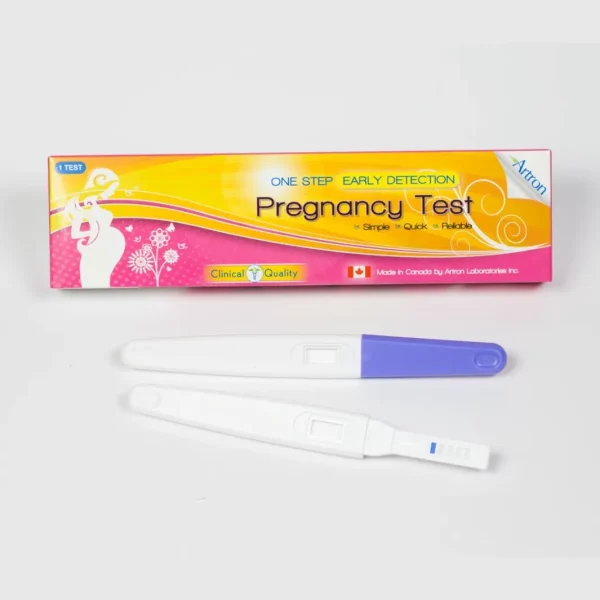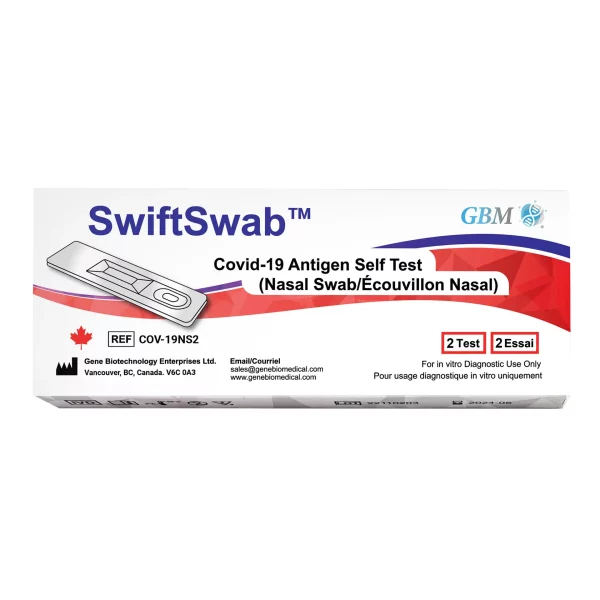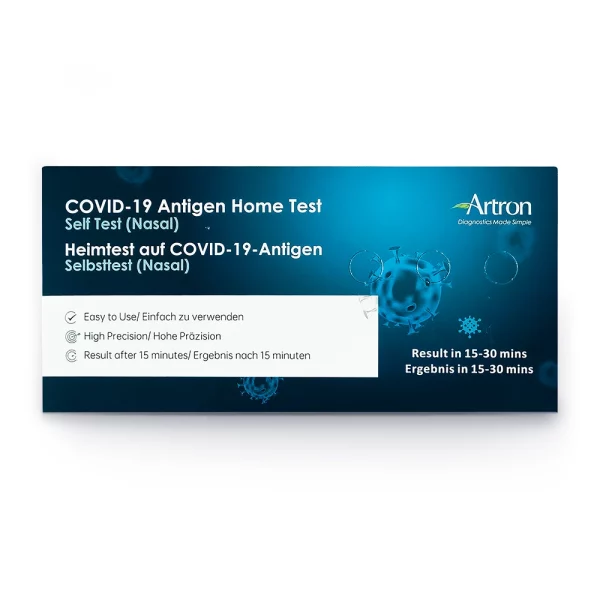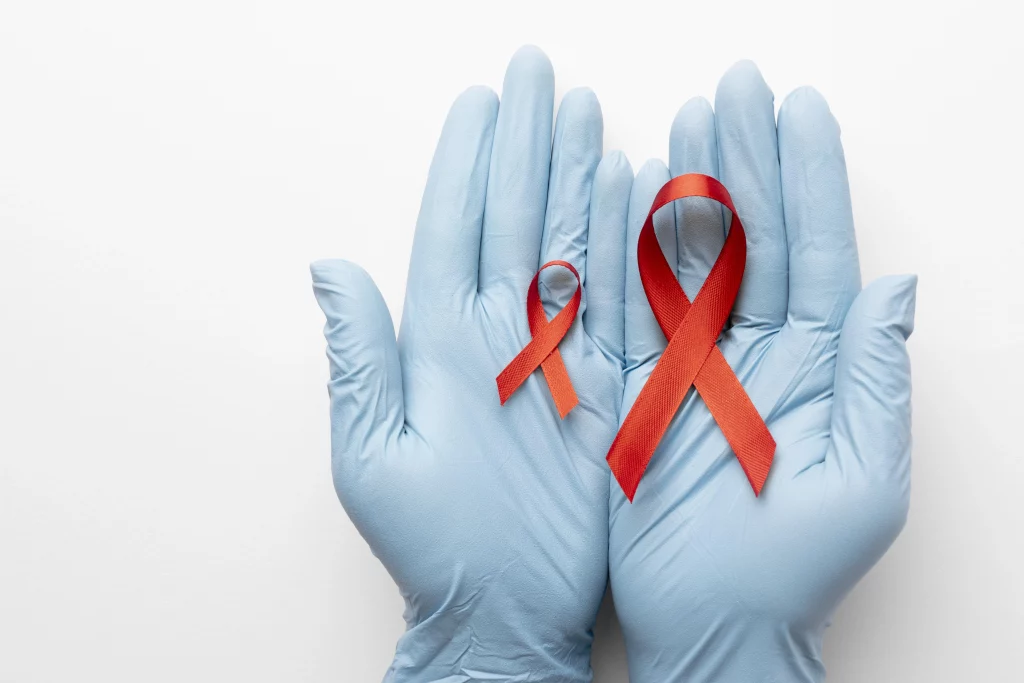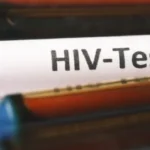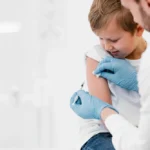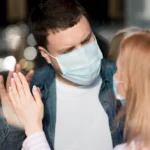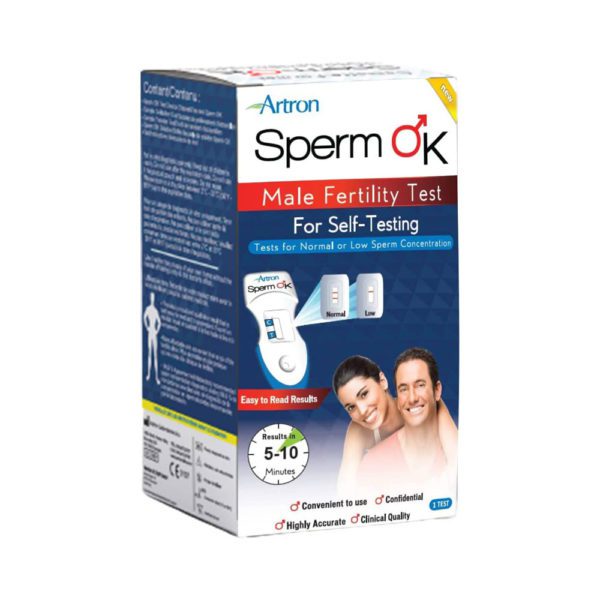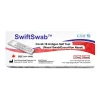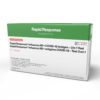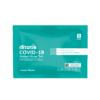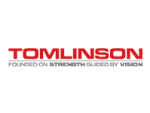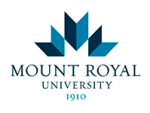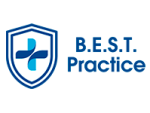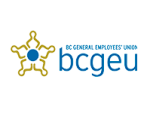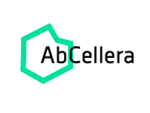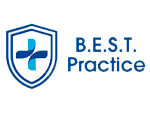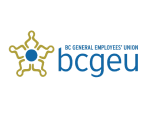While HIV continues to be a pressing global health issue, protecting yourself and others is possible with effective preventive steps.
Overview
If HIV isn’t treated, it can lead to acquired immunodeficiency syndrome (AIDS). Preventing HIV transmission requires proactive strategies and informed choices to stop the virus from spreading. You can lower your risk by understanding how HIV is transmitted and learning what you can do to prevent getting infected.
Why is preventing HIV transmission important?
Preventing HIV transmission not only curbs the spread of the virus but also contributes to improving public health and the quality of life for those who are affected.
- Reduces new infections. Preventing HIV transmission directly reduces the number of new infections, which helps to control the spread of the virus. With this, healthcare systems can focus resources on providing care for those who are already affected.
- Improves public health. Effective prevention strategies not only promote better health behaviors but also encourage more people to get tested and seek early treatment.
- Extends life expectancy. Prevention efforts, including access to antiretroviral therapy (ART) and early diagnosis, significantly extend life expectancy for individuals living with HIV.
How is HIV transmitted?
HIV is transmitted through specific behaviors and conditions that facilitate the exchange of bodily fluids such as:
- Blood
- Semen
- Vaginal fluids
- Breast milk
Here are the modes of transmission for this condition:
- Through blood. HIV can be transmitted through blood, making activities that involve blood exchange, such as sharing needles or unsafe medical practices, especially risky. This includes sharing syringes or any drug-use equipment, where blood is directly exchanged between individuals.
- Through sexual contact. Unprotected sexual contact is one of the most common ways HIV is transmitted. Having multiple sexual partners increases the likelihood of exposure to HIV, as each new partner represents a potential source of the virus.
- From mother to child. HIV can also be passed from an infected mother to her child during pregnancy, childbirth, or breastfeeding. Without proper medical interventions, the virus can cross the placenta during pregnancy, be transmitted at birth, or be passed through breast milk.
What are the key strategies for preventing HIV transmission?
These strategies help reduce the spread of the virus, improve public health, and empower you to protect yourself and others.
1.Use of condoms
Using condoms correctly and consistently during sexual activity is one of the most effective methods for preventing HIV and other sexually transmitted infections (STIs).
2.Regular HIV testing
Regular HIV testing enables early detection of the virus, which allows you to start treatment sooner and significantly reduces the risk of HIV transmission to others.
This practiceis recommended for everyone, particularly those who engage in high-risk behaviors or have multiple sexual partners.
3.Pre-exposure prophylaxis (PrEP)
Pre-exposure prophylaxis, commonly known as PrEP, is a preventative approach for those at high risk of HIV infection and is highly effective when taken consistently. It involves taking daily medication that significantly lowers the chances of contracting HIV if exposed to the virus.
4.Post-exposure prophylaxis (PEP)
Post-exposure prophylaxis, or PEP, is an emergency intervention designed to prevent HIV infection after potential exposure to the virus. This treatment involves taking antiretroviral medications within 72 hours of exposure and continuing the regimen for 28 days. PEP is recommended for those who may have been exposed to HIV through unprotected sex, needle-stick injuries, or other high-risk scenarios.
5.Treatment as prevention (TasP)
Treatment as prevention (TasP) is a groundbreaking approach in the fight against HIV, focusing on the use of antiretroviral therapy for people living with HIV to maintain an undetectable viral load.
6.Safe injection practices
Safe injection practices are a critical component in preventing the transmission of HIV among those who use injectable drugs. Always use a new and sterile needle and syringe for every injection. Also, never share equipment to prevent exposure to HIV and other blood-borne infections.
7.Reducing mother-to-child transmission
If you’re pregnant and living with HIV, starting antiretroviral therapy can significantly lower your viral load and reduce the risk of passing the virus to your baby. Safe delivery methods, such as a cesarean section, when necessary, further minimize the chances of transmission during childbirth.
After birth, choose formula over breastfeeding to eliminate the risk of HIV transmission through breast milk.
8.Education and awareness campaigns
These initiatives equip you with essential knowledge about how HIV spreads and how to protect yourself. Through community engagement and targeted messaging, these campaigns emphasize the importance of routine HIV testing, effective treatment, and the reality of living with HIV today.
9.Stigma reduction
Reducing HIV stigma helps in breaking down the social and psychological barriers that prevent people from seeking testing, treatment, and support. At the same time, it leads to better treatment adherence for people living with HIV. By educating yourself and others about HIV, you can help dispel myths and misconceptions and foster a more compassionate understanding of the condition. Open conversations about HIV create a safer space where people feel comfortable disclosing their status and accessing healthcare without fear of discrimination.
Frequently asked questions
What are the effective methods for preventing HIV transmission?
Effective preventive methods include consistent use of condoms during sexual activity, pre-exposure prophylaxis (PrEP) for individuals at high risk, and ensuring that individuals with HIV maintain an undetectable viral load through antiretroviral therapy.
Can HIV be transmitted through casual contact?
HIV cannot be transmitted through casual contact such as hugging, shaking hands, or sharing dishes. Transmission requires the exchange of certain body fluids like blood, semen, vaginal fluids, and breast milk.
How does pre-exposure prophylaxis work in preventing HIV?
Pre-exposure prophylaxis involves taking a daily medication that significantly reduces the risk of acquiring HIV by preventing the virus from establishing a permanent infection in the body.
Is it possible to prevent mother-to-child transmission of HIV?
Yes, with proper medical interventions including antiretroviral therapy during pregnancy, delivery, and breastfeeding, the risk of mother-to-child transmission can be reduced to below 1%.
How effective are condoms in preventing HIV transmission?
When used consistently and correctly, condoms are highly effective in preventing HIV transmission.
Key takeaway
Preventing HIV transmission is a shared responsibility that starts with awareness and proactive choices. With effective strategies like PrEP, PEP, condom use, and routine testing, you can take control of your health and reduce the risk of HIV.
For reliable at-home HIV test kits, check out our online shop here.
